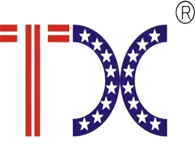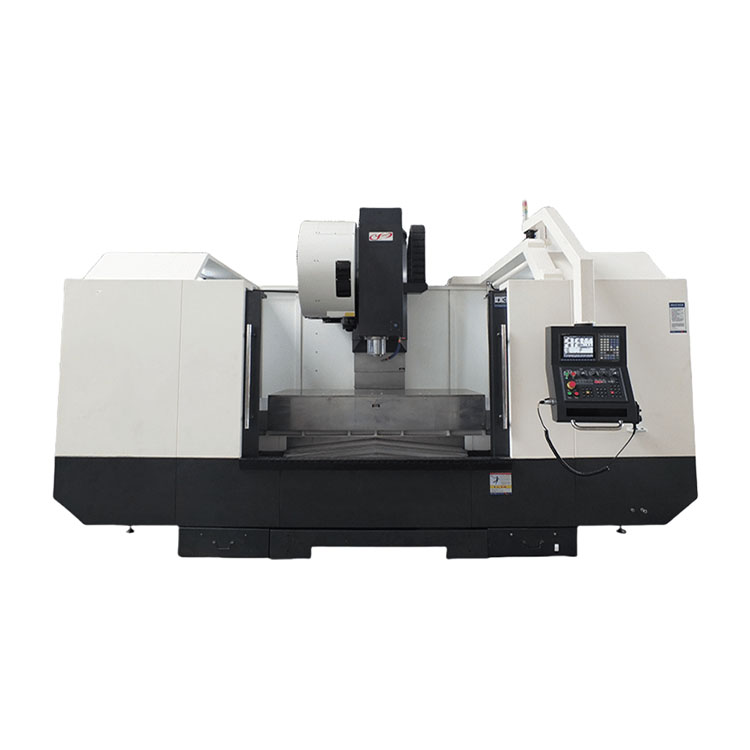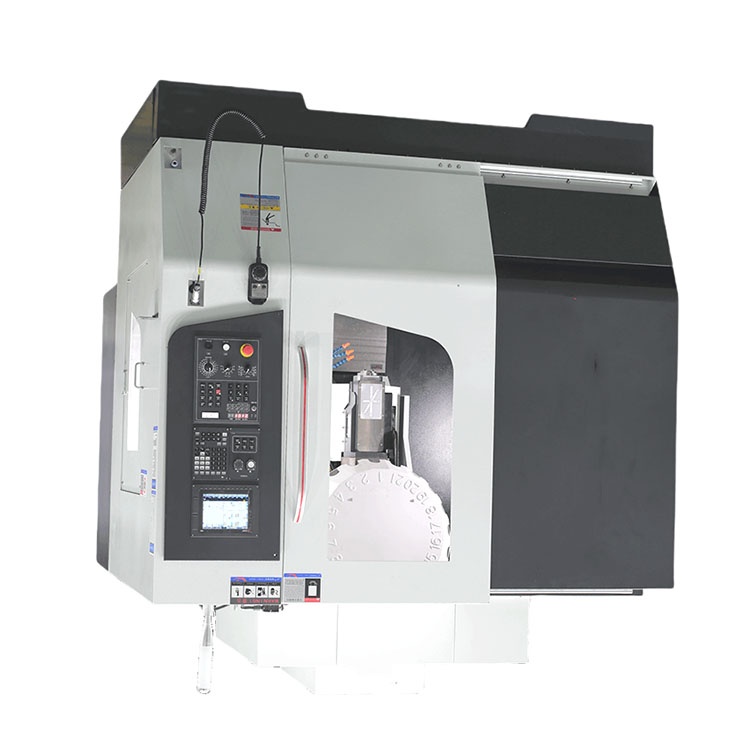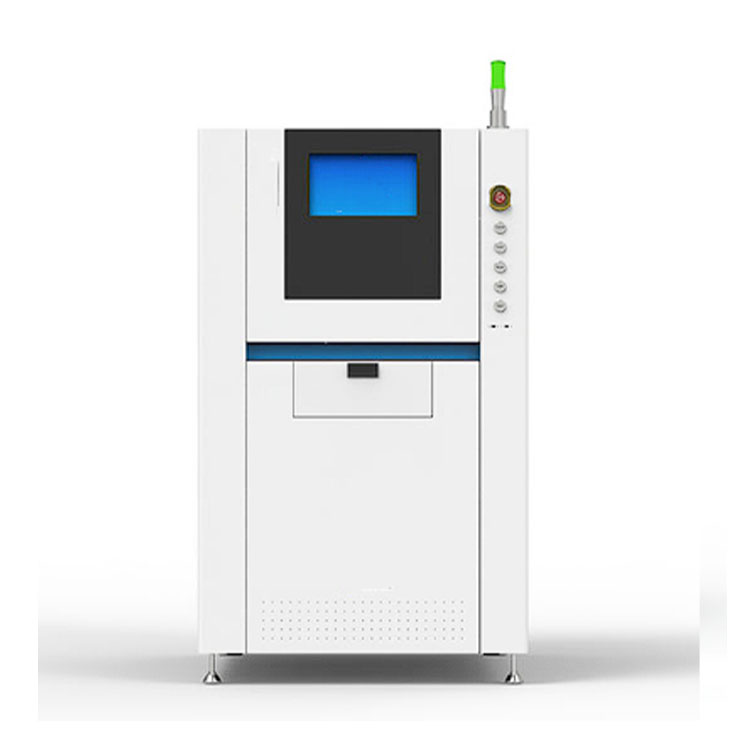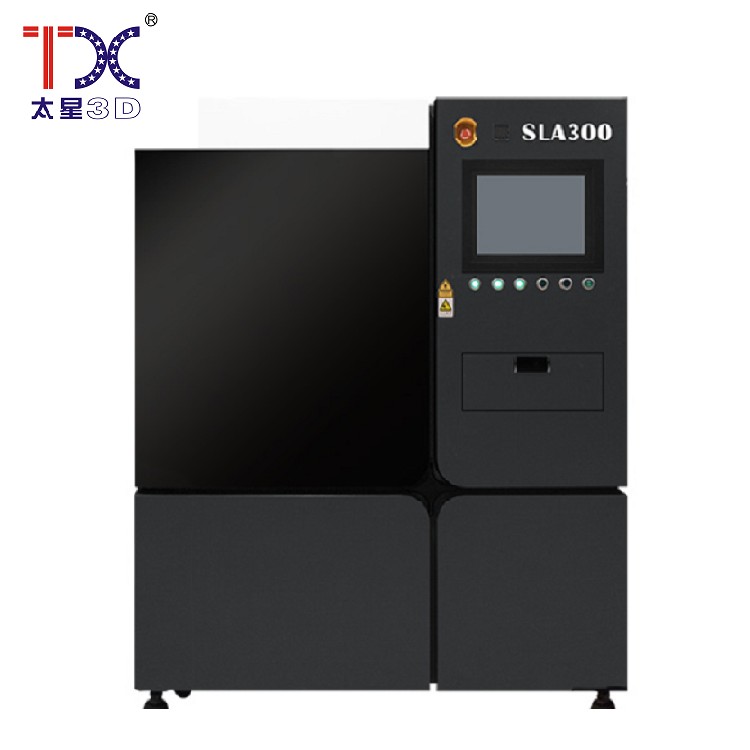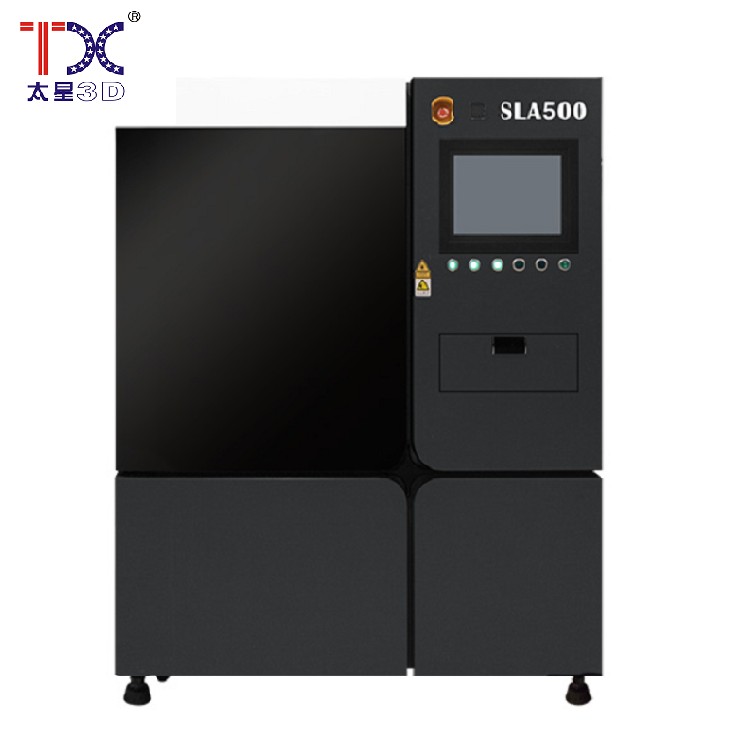
Mechanical parts 3D printing
Mechanical parts 3D printing
3D printing is a technology that gradually changes our world. Now we can create almost any forms and details, including complex mechanical elements, right on the computer, without traditional production methods. This opens up unlimited opportunities to engineers and designers. Imagine: instead of long and expensive manufacturing processes, you create the desired part literally in a matter of hours.
Advantages of using 3D printing in mechanical production
One of the main advantages is the possibility of creating complex geometric shapes. Traditional methods are often limited in this. For example, the manufacture of parts with internal channels or holes is impossible or very difficult to do using milling, and with the help of 3D printing this is not a problem. Also, this significantly reduces the time and cost of prototyping. You can now create and check the new detail quickly and inexpensively, which is very valuable at the development and testing stage. This allows you to quickly adapt to changing needs, and, ultimately, it is faster and cheaper to bring the product to the market.
Material and print quality
3D-tobate mechanical parts uses various materials, from plastic to metals. The choice of material depends on a specific task. For example, for prototyping, plastics are often used, and for more complex mechanisms that require greater strength and durability, metal alloys are used. Print quality directly affects the functionality of the part. The accuracy and smoothness of the print surface has a huge impact on the strength and operation of the mechanism. The latest technologies make it possible to achieve high accuracy and quality, bringing 3D-torture to mass production.
Prospects and restrictions of 3D printing
Despite the obvious advantages, 3D printing has its own restrictions. Now 3D-first can not compete with traditional methods of productivity production in mass production. However, with the development of technology, quality, strength and print speed, they are constantly improving. The future at a combined approach, where 3D printing will be used at the initial stages, in the creation of prototypes, and then traditional methods will be used for serial release. The possibility of creating individual ones, to order, elements-this is what will really allocate 3D-printing in the future, especially in high-tech industries.
AppropriateProducts
Corresponding products
The best soldproducts
The best -selling products-
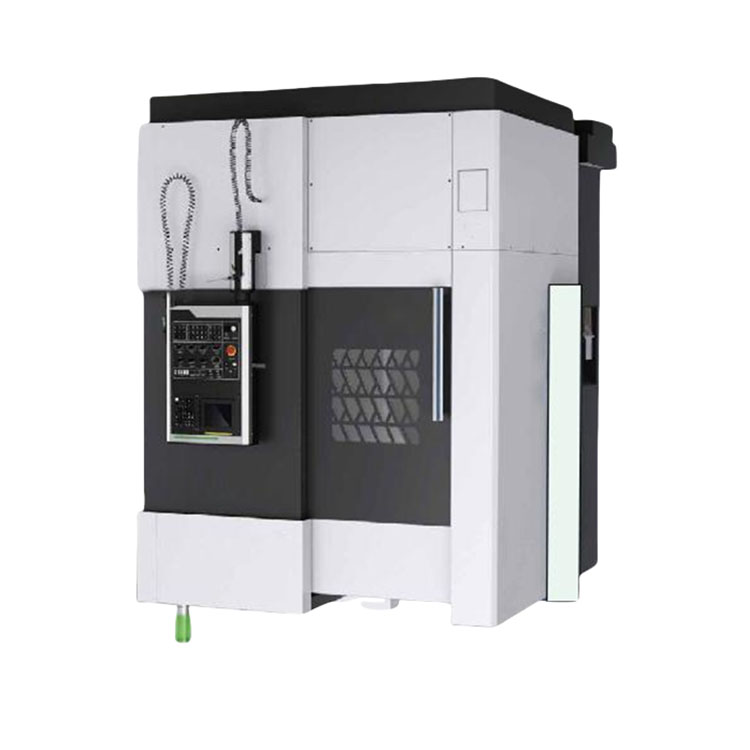 Taisin Vertical CNC TXLC-500 CNC
Taisin Vertical CNC TXLC-500 CNC -
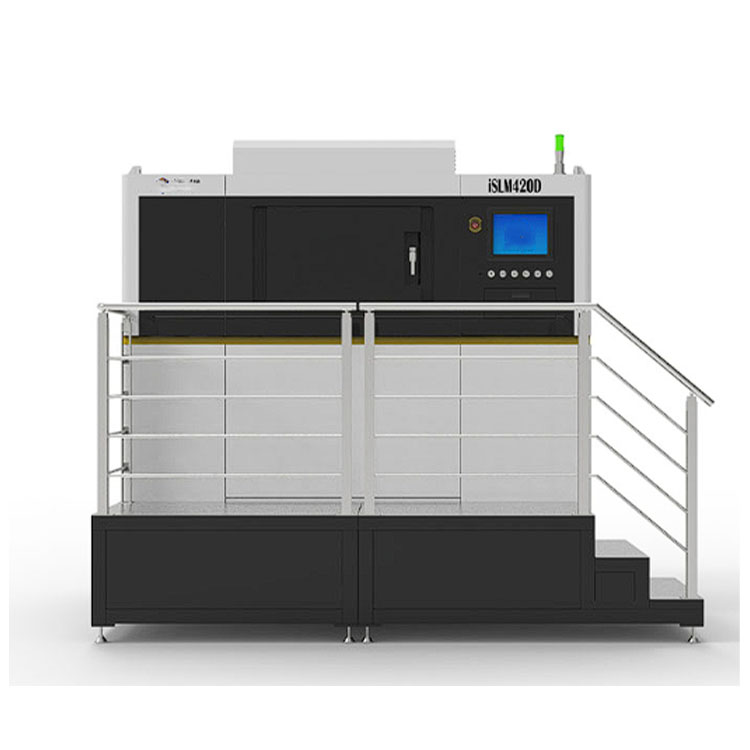 Taisin Metal 3D printer ISLM350DN
Taisin Metal 3D printer ISLM350DN -
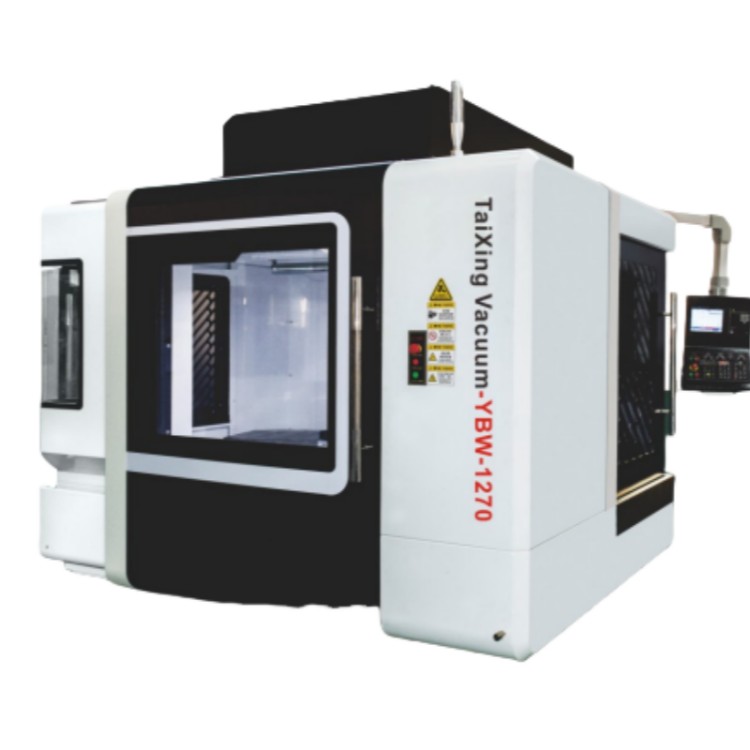 Taisin horizontal processing center YBM-1270
Taisin horizontal processing center YBM-1270 -
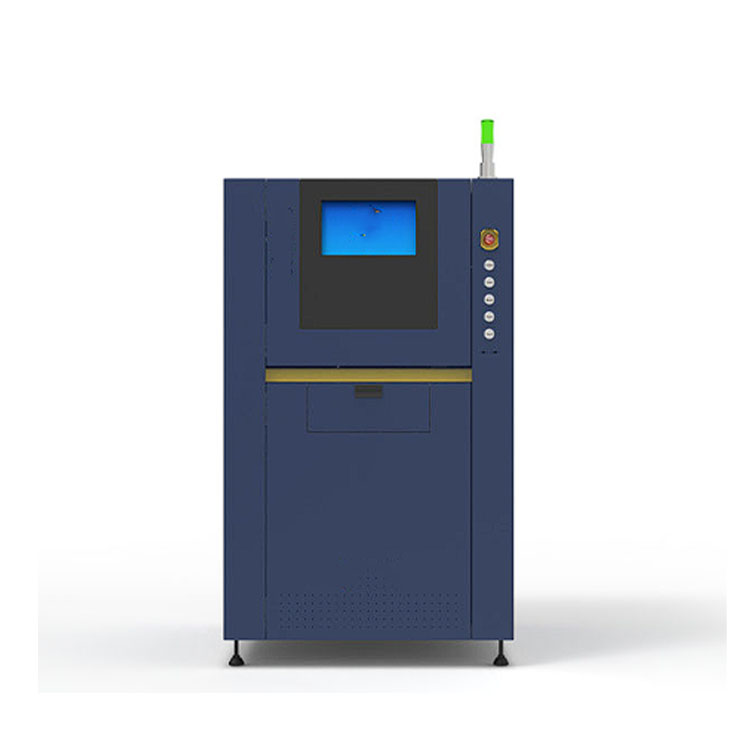 Taisin Metal 3D printer SLM160
Taisin Metal 3D printer SLM160 -
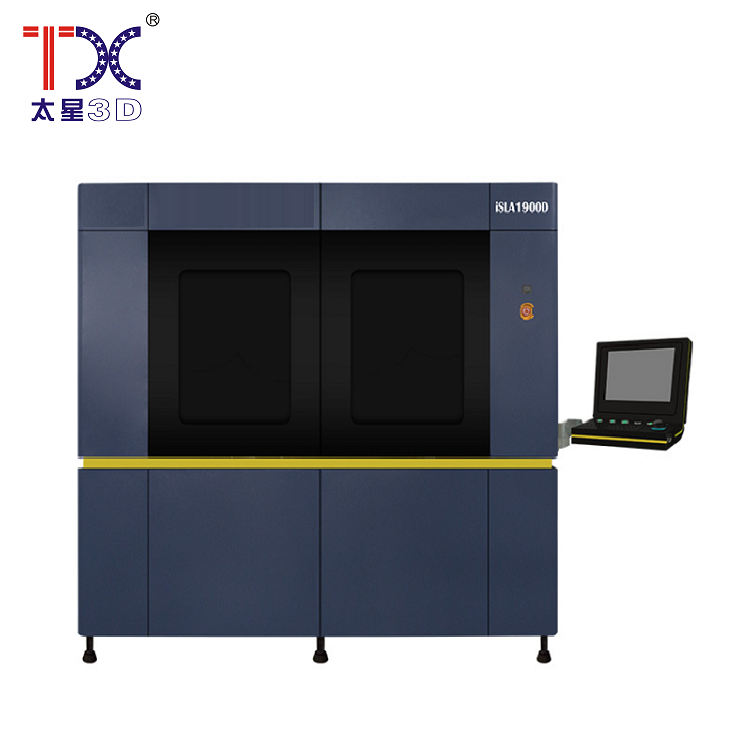 Taisin Light-adoptive 3D printer SLA1900D
Taisin Light-adoptive 3D printer SLA1900D -
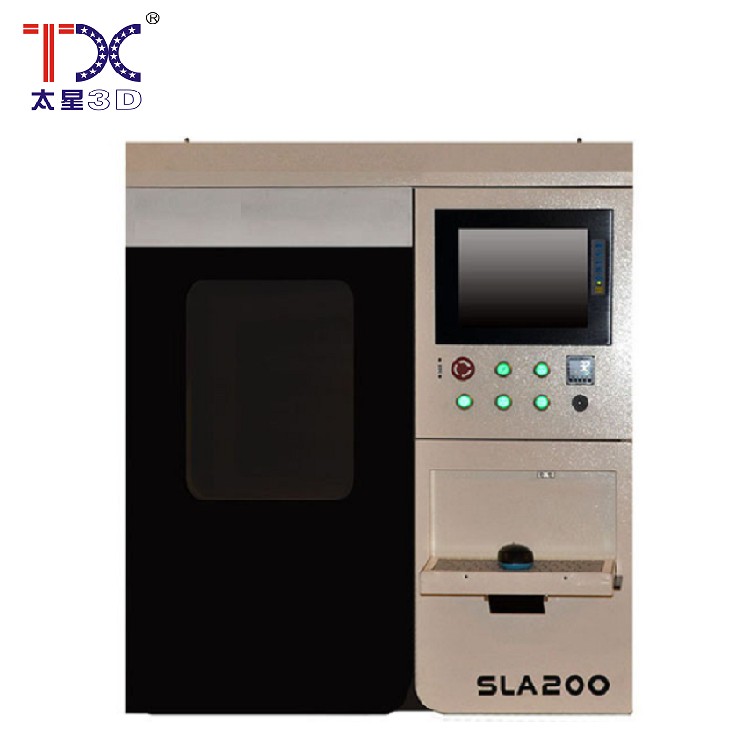 Taisin Light-adoptive 3D printer SLA200
Taisin Light-adoptive 3D printer SLA200 -
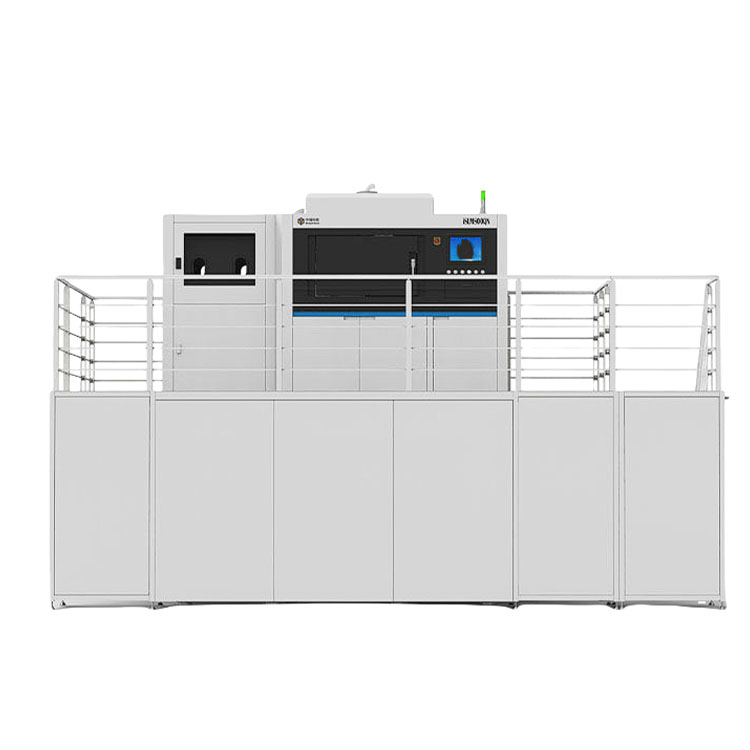 Taisin Metal 3D printer ISLM600QN
Taisin Metal 3D printer ISLM600QN -
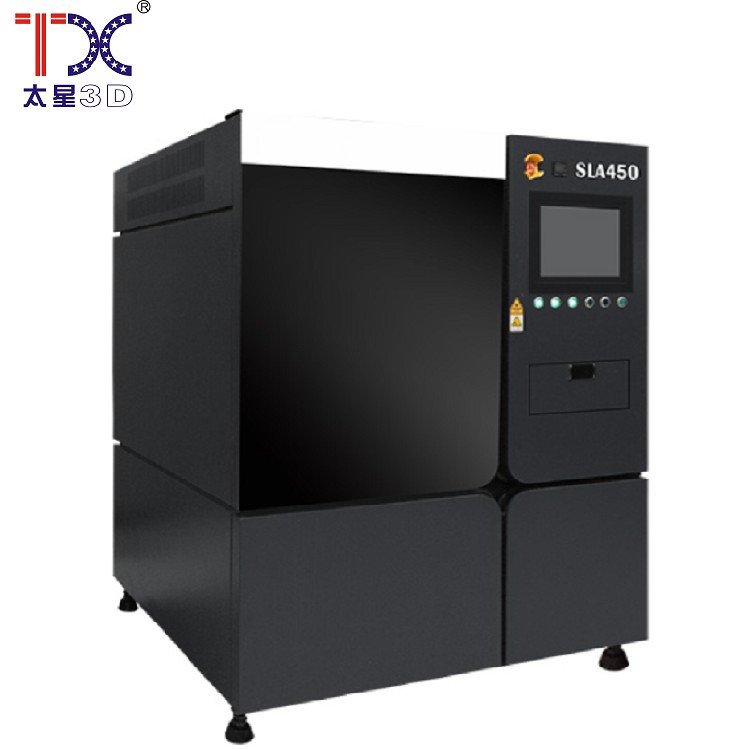 Taisin Light-adoptive 3D printer SLA450
Taisin Light-adoptive 3D printer SLA450 -
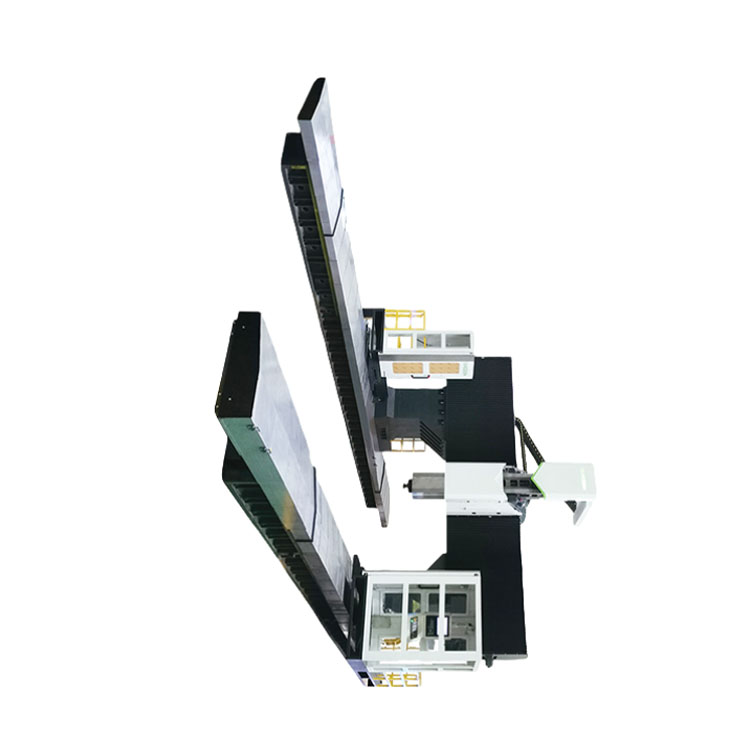 Taisin Pyatioseva CNC processing center for machining TXMT-21042
Taisin Pyatioseva CNC processing center for machining TXMT-21042 -
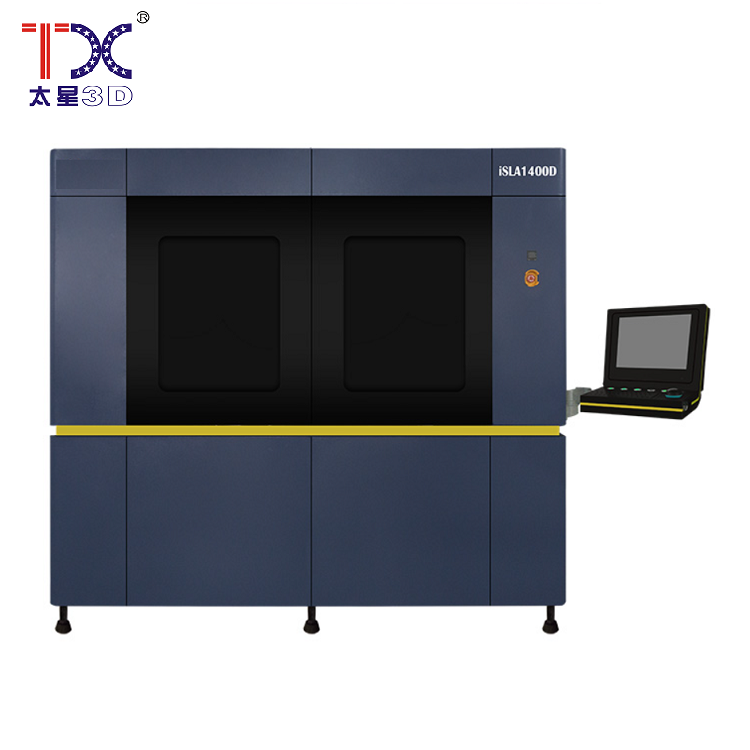 Taisin Light-adopted 3D printer SLA1300D
Taisin Light-adopted 3D printer SLA1300D -
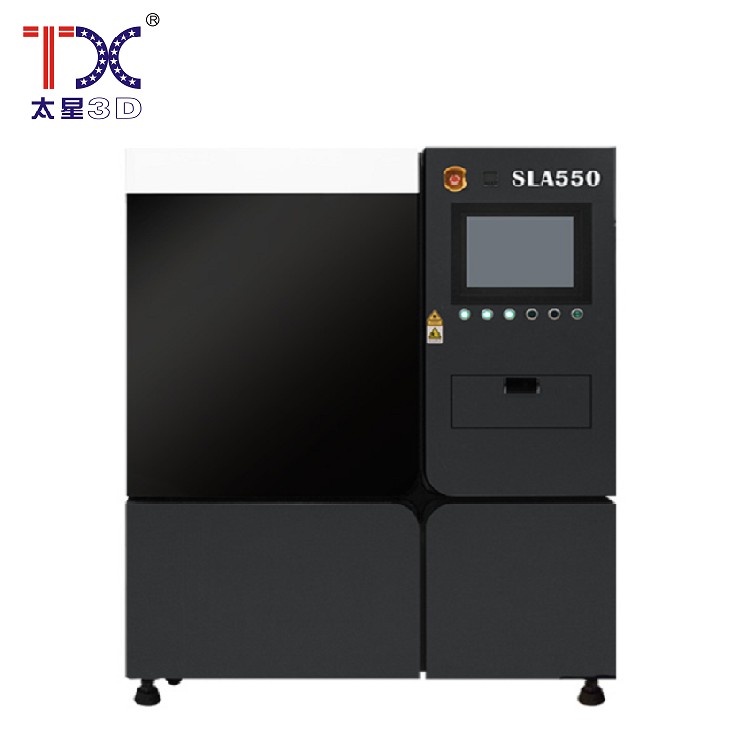 Taisin Light-adoptive 3D printer SLA550
Taisin Light-adoptive 3D printer SLA550 -
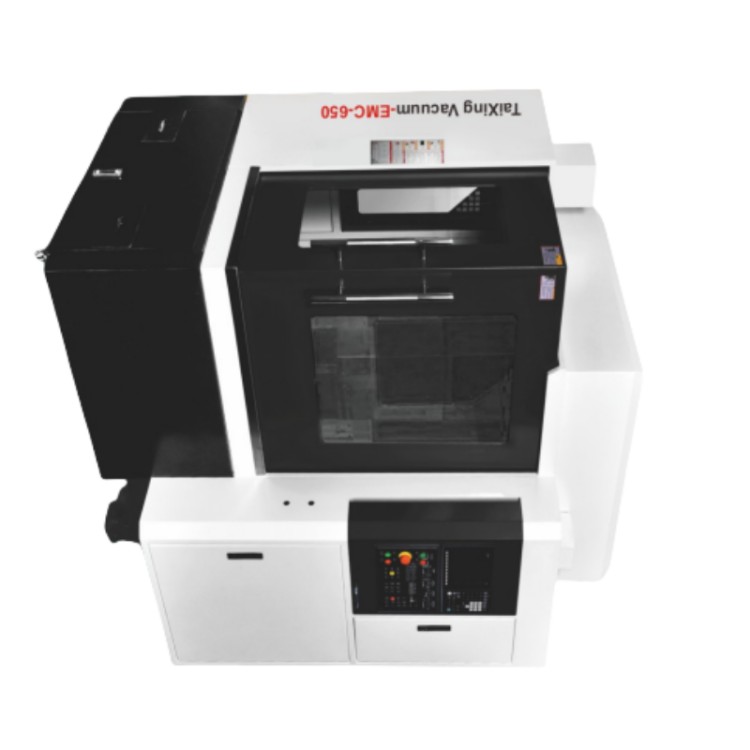 Taisin Gravity-milling machine EMC-650
Taisin Gravity-milling machine EMC-650
Connectedsearch
Related search- Chinese suppliers of shafts of CNC milling machines
- China Suppliers of Autocades
- Chinese manufacturers of five coordinate CNC milling machines
- Pyatoose CNC
- Biomaterials
- Cheap manufacturers of 5-axis machines
- Cheap Merge 360 factories
- cheap aerospace 3D printing suppliers
- China Plant of 5-axial solutions of CNC machines
- Suppliers of the G-code in China
